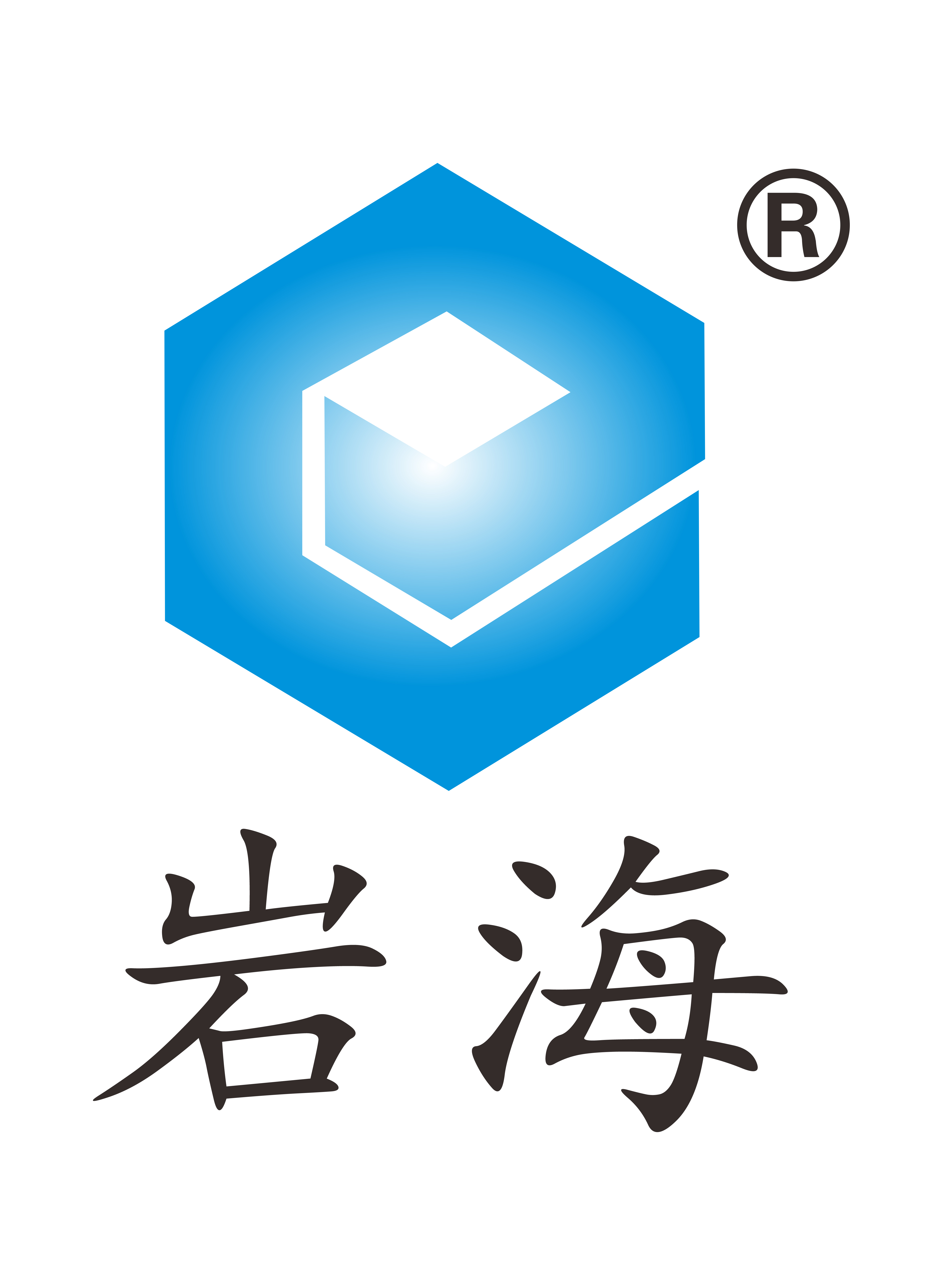Expanded graphite is made of natural flake graphite and other inorganic and organic artificial compound from a new class of functional materials, widely used in petroleum, chemical, metallurgy, electricity, machinery, pharmaceuticals, automotive, aerospace, nuclear energy and other fields. Natural flake graphite layered structure, due to the weaker interaction between layers, some material can be inserted to form a graphite intercalation compound, made of a new composite material. This material is not only to retain the natural graphite of high temperature resistance, corrosion resistance, radiation, electrical conductivity and other excellent properties, but also has the flexibility of natural graphite does not have, resilience, self-adhesive, impermeable, adsorption and low density characteristic. Since domestic production in the past commonly used sulfuric acid as an insert, the residual sulfur in making products containing the sealing material will corrode the metal, affecting the sealing effect. Therefore, people try to use different intercalation agent, the synthetic products have different characteristics.
As the graphite intercalation into the interlayer material, however, the amount of nitric acid should not be too large, too much can lead to increased water content, swelling capacity decreased. So at the beginning of the expansion capacity is added with the increasing of nitric acid, but WP = 65 when an excess of nitric acid to a certain extent, but with the increase of capacity expansion and reduce nitric acid. For the choice of the amount of potassium permanganate, potassium permanganate is added at the beginning with the increase in the amount, the reaction proceeds more completely, until it reaches the maximum, followed by a further increase in the amount of potassium permanganate, it will increase ash product, thus affecting the quality of the product. The amount of phosphoric acid for selection due to excessive use of phosphoric acid increases the ash content of products, so to ensure a greater expansion capacity of the premise, should try to reduce the amount of phosphoric acid. At different reaction time and temperature, the reaction time is longer, the higher the temperature, the more complete the reaction, the greater the expansion capacity, but the cost is also higher. For different times of puffing, puffing longer, more fully intercalant gasification, the greater the expansion volume, but the time is too long, it will cause oxidation of the product, resulting in lower quality products.
For the oxidation resistance of the experimental products, through the weight loss to be compared with the changes and with temperature changes over time. Due to the large surface area of expanded graphite, high temperature oxidation resistance than natural graphite weaker. With acetic acid, acetic anhydride is used as intercalation agent, antioxidant products is weak, with phosphoric acid, phosphoric anhydride expanded graphite intercalation antioxidant stronger than other products. Porous structure of exfoliated graphite has a larger surface area, generally up to 50-200m2 / g, pore size substantially in the big hole, hence easy to adsorb non-polar organic macromolecular substances, especially oils. By product Adsorption of expanded graphite organic macromolecules oils exhibit excellent adsorption capacity than activated carbon and cotton, but also other absorbent products can not match. Expanded graphite has a low density, light weight, high chemical stability and non-toxic characteristics, compared to activated carbon, cotton, its macroporous structure and its unique flexible rolling, it will become a new adsorbent material, and in the chemical industry , environmental protection and other fields has a very broad application prospects.


